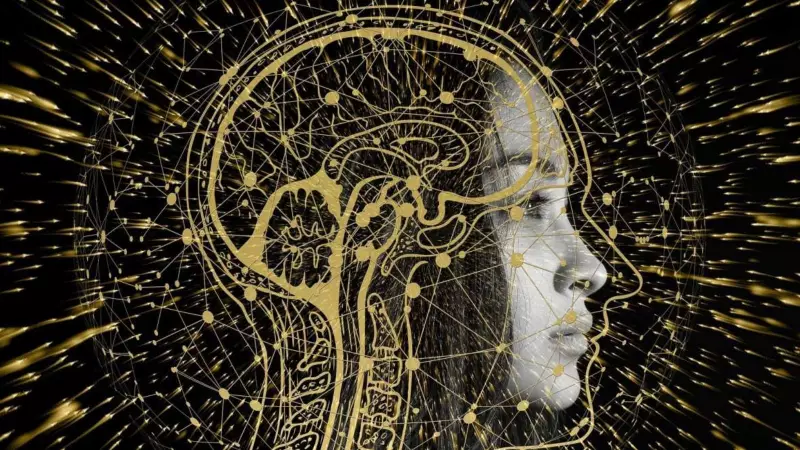
In a disturbing digital epidemic sweeping across India, sophisticated artificial intelligence tools are being weaponized to create and distribute non-consensual deepfake content targeting women, casting a dark shadow over their privacy and dignity on popular social media platforms.
The Silent Crisis Unfolding in Plain Sight
Recent investigations have uncovered a rampant trade in AI-generated explicit content where women's faces are digitally superimposed onto pornographic material without their knowledge or consent. This alarming trend has turned platforms like Instagram and X (formerly Twitter) into hunting grounds for digital predators.
How the Deepfake Ecosystem Operates
The process typically begins with perpetrators scraping innocent photographs of women from their social media profiles. Using easily accessible AI tools and applications, these images are then manipulated to create convincing but entirely fabricated explicit content.
- Source Material Collection: Photos are harvested from public profiles, wedding albums, and professional portfolios
- AI Manipulation: Sophisticated algorithms seamlessly merge faces with explicit content
- Distribution Networks: Private groups and encrypted channels facilitate sharing
- Monetization: Some operations charge fees for creating custom deepfakes
The Human Cost: Victims Speak Out
Women who discover their digitally manipulated images circulating online describe experiencing severe psychological trauma, social humiliation, and professional repercussions. Many report feeling violated in ways that traditional harassment never achieved, as the content appears authentic to casual observers.
"It's like someone has stolen your identity and turned it into something grotesque. The worst part is explaining to people that it's not really you," shared one victim who wished to remain anonymous.
Platform Responses: Too Little, Too Late?
Despite growing incidents, social media platforms' response mechanisms remain inadequate. The reporting process is often cumbersome, and content removal can take days or weeks—during which the damage becomes irreversible.
- Detection Challenges: AI-generated content evolves faster than detection algorithms
- Legal Loopholes: Current laws struggle to keep pace with technological advancements
- Cross-Platform Proliferation: Content removed from one platform quickly appears on others
- Anonymity Barriers: Perpetrators operate through fake accounts and VPNs
The Indian Context: A Growing Concern
In India, where digital literacy varies widely and social stigma around such content remains strong, the impact is particularly devastating. Victims often face additional pressure from family and community, compounding their trauma.
Legal experts note that while India has recently introduced regulations addressing deepfakes, enforcement remains challenging, and awareness about legal remedies is limited.
Protection and Prevention: What Can Be Done?
Digital safety advocates recommend multiple layers of protection, including watermarking images, adjusting privacy settings, and being cautious about what content is shared online. However, they emphasize that the ultimate responsibility lies with platforms and regulators to create safer digital environments.
As AI technology becomes increasingly accessible, the urgent need for robust legal frameworks, better detection tools, and faster response mechanisms has never been more critical. The digital dignity of millions of women hangs in the balance.





